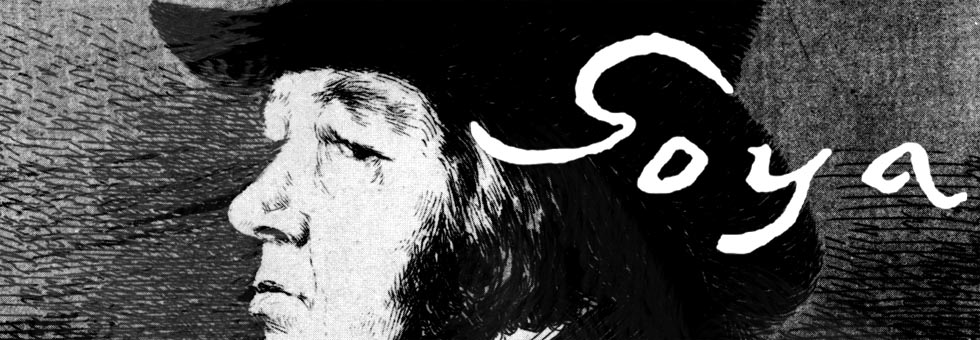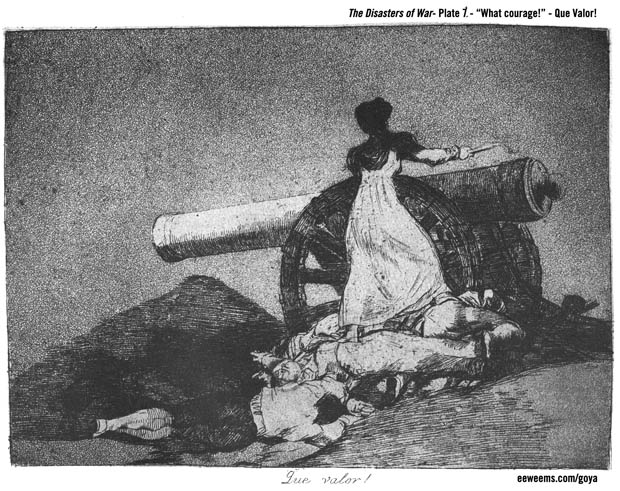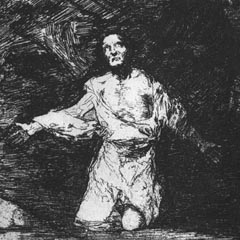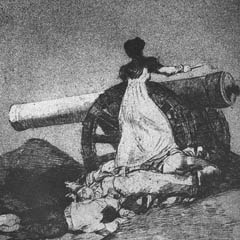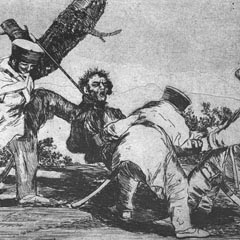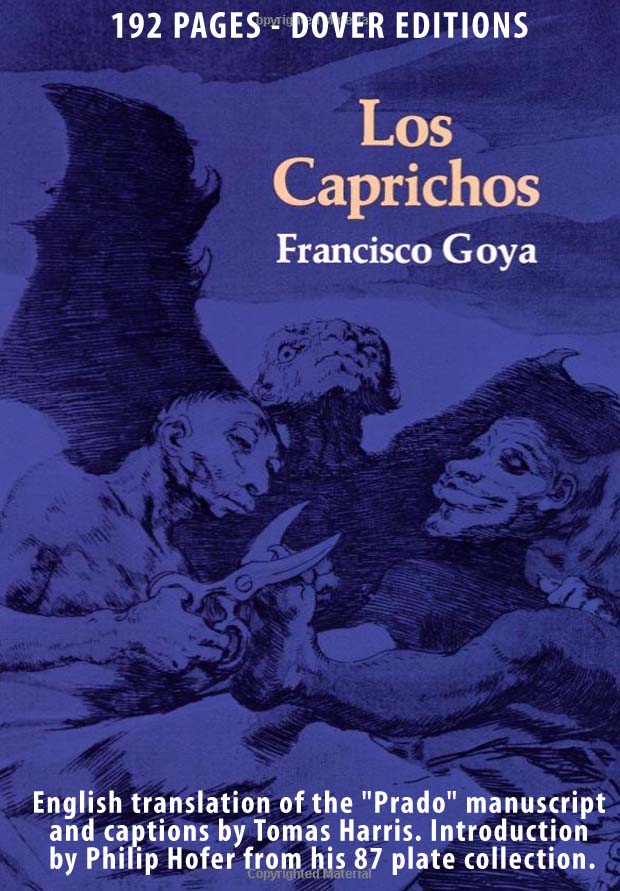Goya | Disasters of War 7
The Disasters of War Plate 7
Que Valor!
What Courage!
The woman identified in the image is Augustina Zaragoza
aka Agustina de Aragon
1810 etching
6 inches by 8 1/4 inches - 15.50 x 21.00 cm
Augustina Zaragoza is famous in Spanish history for manning a cannon battery against Napoleon's soldiers during the siege at Saragossa. Arriving at the battery with food for her boyfriend who was a member of the cannon crew, she discovered all of the men dead. Observing the French soldiers approaching, she took charge and single-handedly fired off the weapon to stop the French advance.
Augustina as depicted by Fernando Brambila (courtesy of the British Museum)
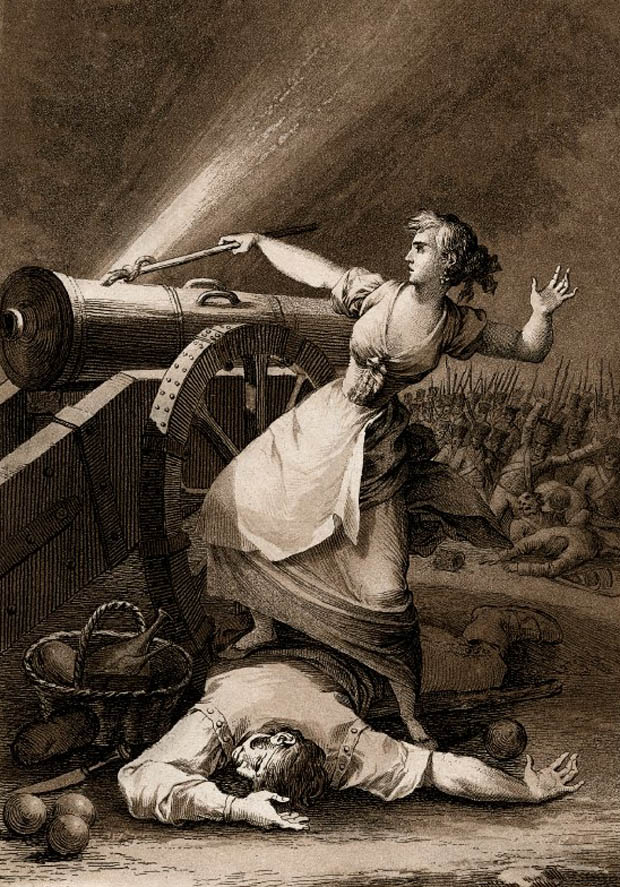
The Disasters of War
Plate 1
Fristes presentimientos - Gloomy Presentiments
Plate 7
What Courage! - Que Valor! - Augustina Zaragoza
Plate 39
Great deeds against the dead
Grande hazaña! Con muertos!
Plate 69
Nada. Ello Dira - Nothing
AMAZON
Goya The Terrible Sublime - Graphic Novel - (Spanish Edition) - Amazon
"From this headlong seizure of life we should not expect a calm and refined art, nor a reflective one. Yet Goya was more than a Nietzschean egoist riding roughshod over the world to assert his supermanhood. He was receptive to all shades of feeling, and it was his extreme sensitivity as well as his muscular temerity that actuated his assaults on the outrageous society of Spain." From Thomas Craven's essay on Goya from MEN OF ART (1931).
"...Loneliness has its limits, for Goya was not a prophet but a painter. If he had not been a painter his attitude to life would have found expression only in preaching or suicide." From Andre Malroux's essay in SATURN: AN ESSAY ON GOYA (1957).
"Goya is always a great artist, often a frightening one...light and shade play upon atrocious horrors." From Charles Baudelaire's essay on Goya from CURIOSITES ESTRANGERS (1842).
"[An] extraordinary mingling of hatred and compassion, despair and sardonic humour, realism and fantasy." From the foreword by Aldous Huxley to THE COMPLETE ETCHINGS OF GOYA (1962).
"His analysis in paint, chalk and ink of mass disaster and human frailty pointed to someone obsessed with the chaos of existence..." From the book on Goya by Sarah Symmons (1998).
"I cannot forgive you for admiring Goya...I find nothing in the least pleasing about his paintings or his etchings..." From a letter to (spanish) Duchess Colonna from the French writer Prosper Merimee (1869).
GOYA : Los Caprichos - Dover Edition - Amazon
